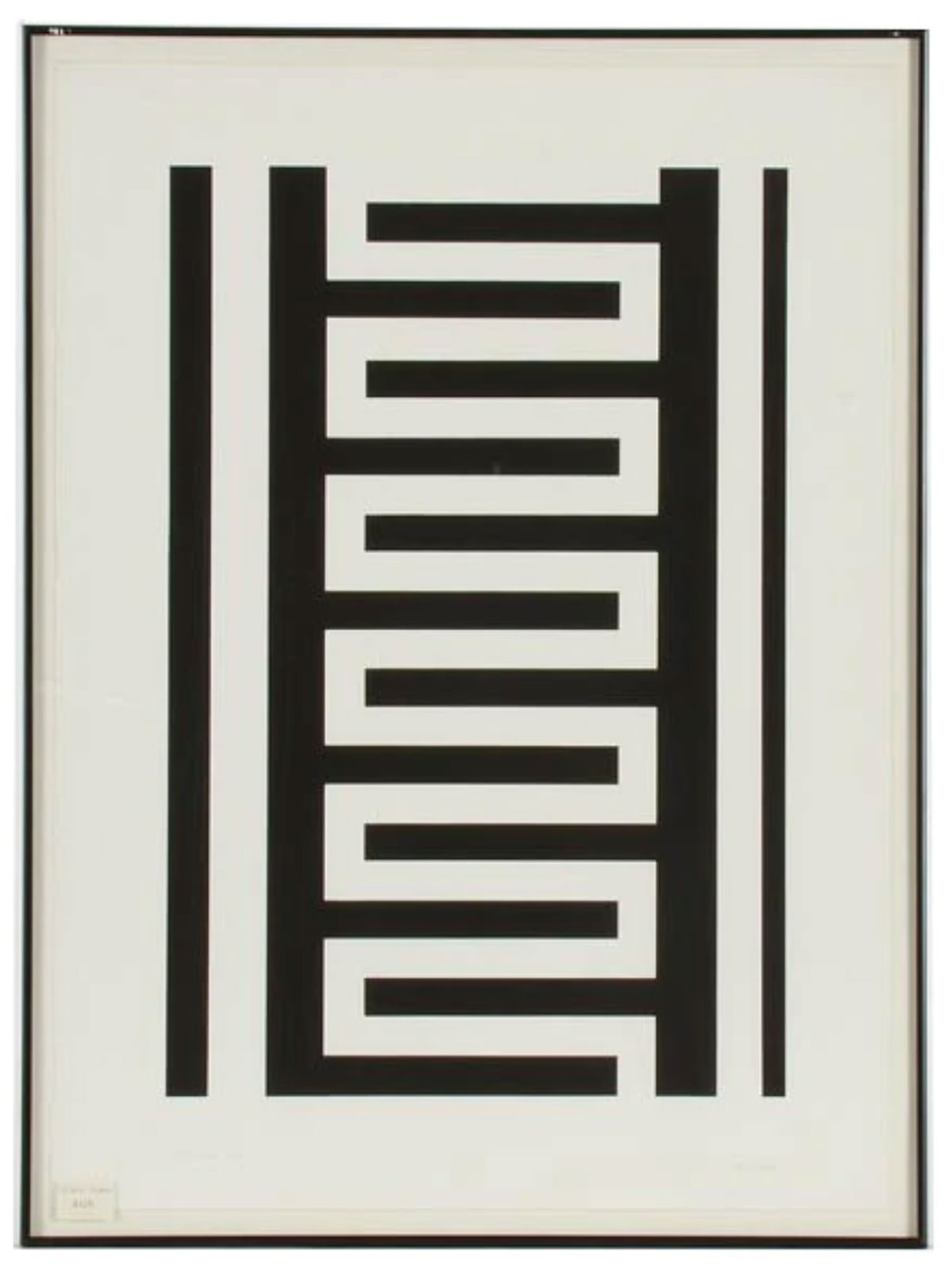Minimalist Artists – Five Prominent Figures
Minimalist artists emerged in New York in the early 1960s, their art setting out to expose the essence, essentials or identity of a subject through eliminating all non-essential forms, features or concepts.
Artists themselves have sometimes reacted against the label due to the negative implication of the work being simplistic. Minimalism is often interpreted as a reaction to abstract expressionism and a bridge to postminimal art practices.
Martin blended lines and move away from strict symmetry – she drew the lines on her canvas herself by hand.
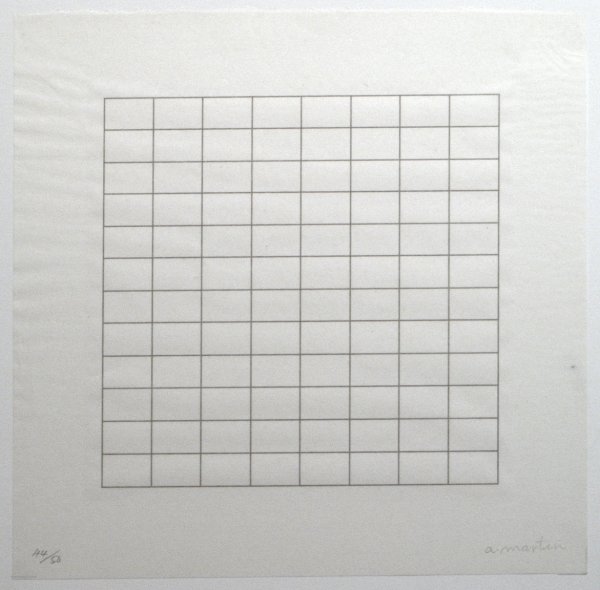
Stella’s earlier works, around the 1950s were based on lose gestural abstraction like that of his predecessors in the New York School (Pollock, Motherwell, Rothko, de Kooning, and Guston). Yet a drastic change occurred in his paintings with a shift to incredibly geometric, highly organised, patterned works developed in a flat manner.
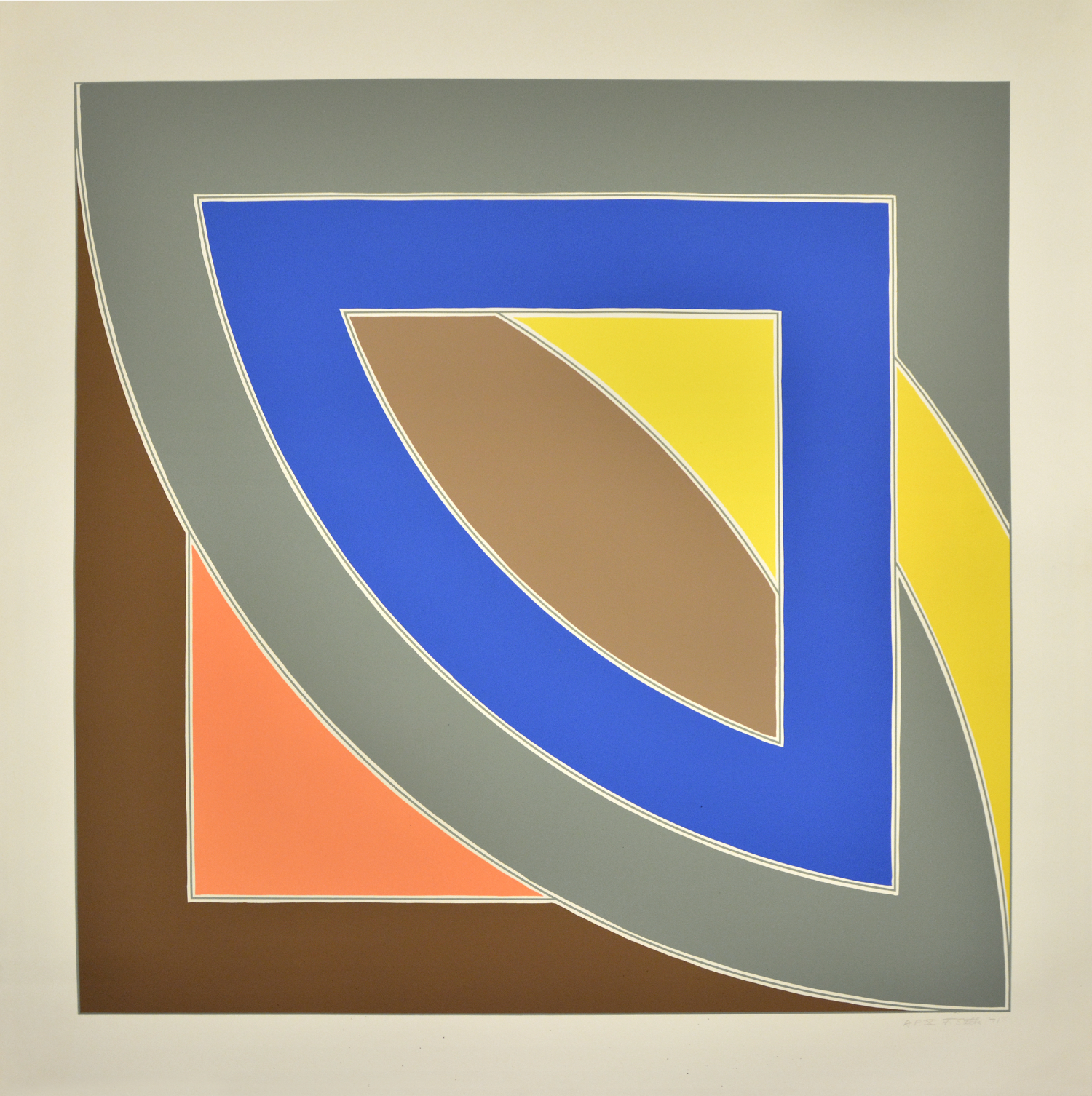
Although many associated him with minimalism, it was a term Judd always denied was representative of his art. He felt what he created went beyond minimalism, but it is nevertheless a movement that continues to be associated with his work.
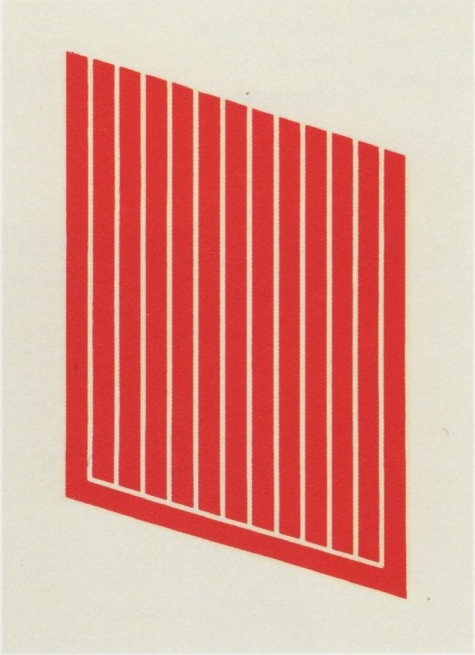
Originally a sketcher and painter, Flavin found that light installations were his muse and he worked more and more in that medium as his career grew.
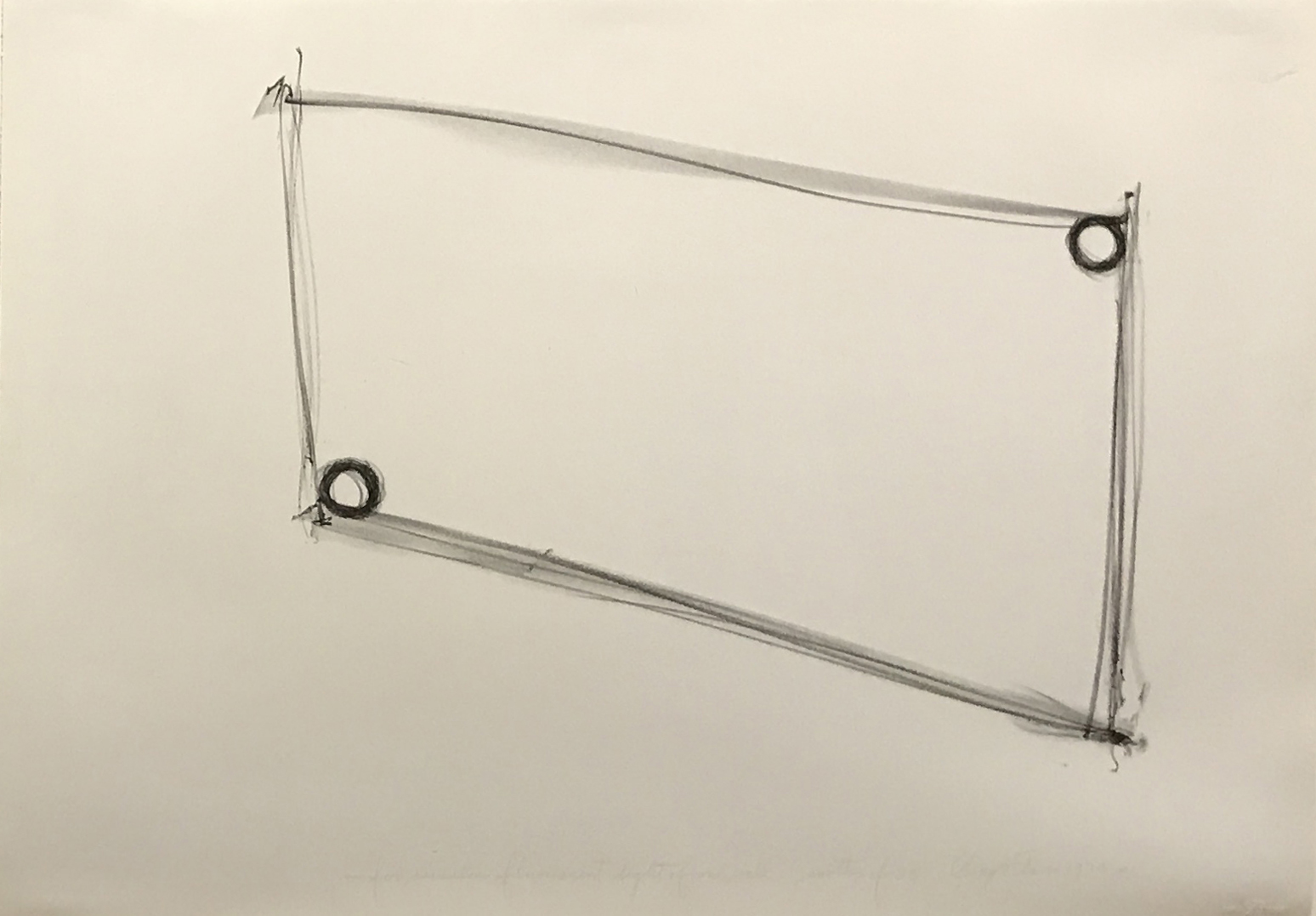
Daphnis’ structures were simplified and became geometric planes of pure colour. Following this trop, Daphnis developed his colour-plane theory and focused on geometric abstraction with a restricted colour palette of only black, white and primary colours.
